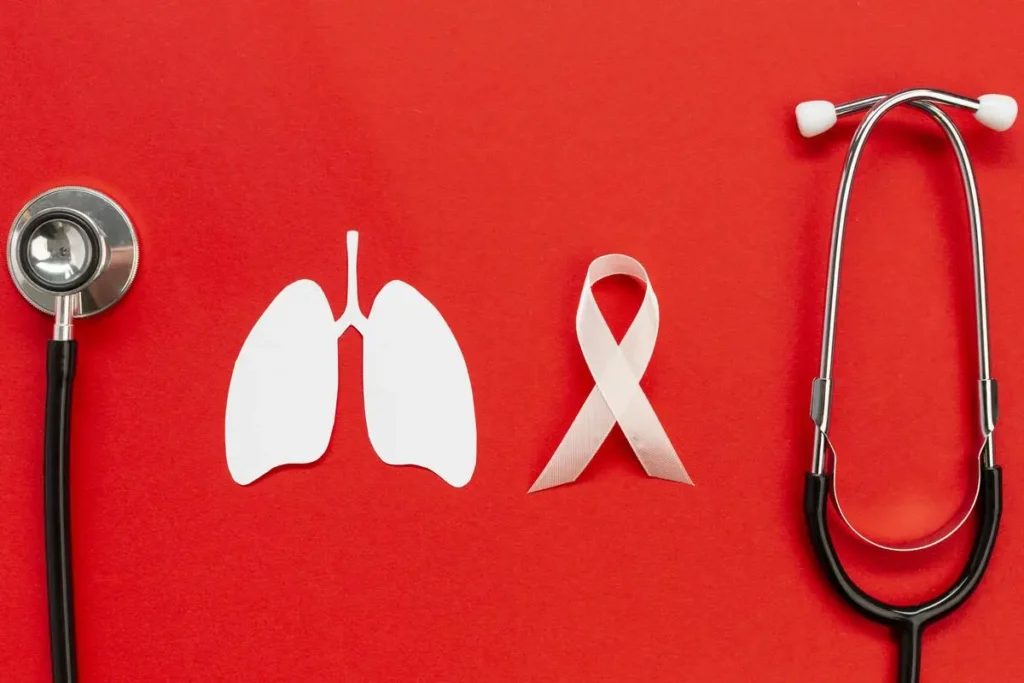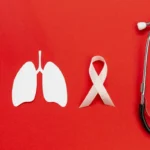Now Reading: When Sarcoma Lung Cancer Takes Root in Your Lungs: A Doctor’s Straight Talk
-
01
When Sarcoma Lung Cancer Takes Root in Your Lungs: A Doctor’s Straight Talk
When Sarcoma Lung Cancer Takes Root in Your Lungs: A Doctor’s Straight Talk
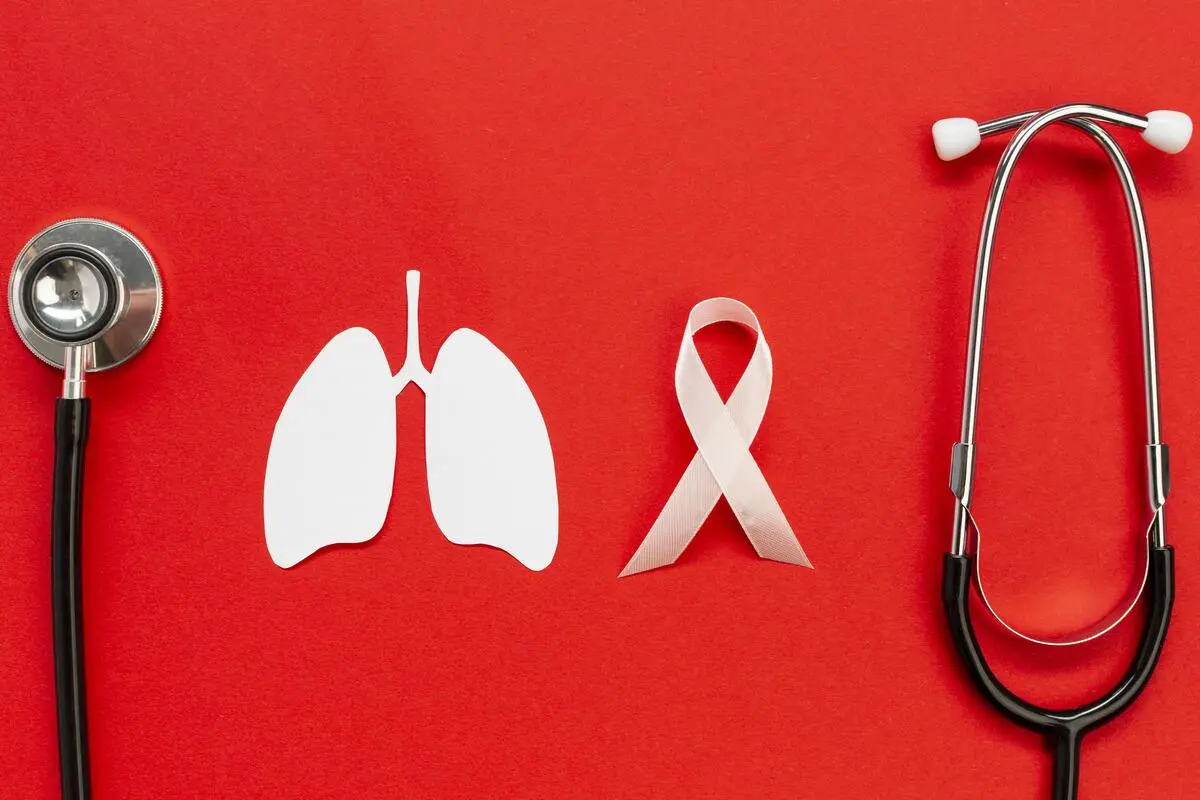
Sarcoma lung cancer is a rare, aggressive tumor in lung connective tissue, often metastatic. This guide breaks down signs, diagnosis, sarcoma lung cancer survival rate (15–81% by stage), synovial subtype risks, and actionable treatment paths backed by 2024-2025 studies.
I still remember Mrs. Alvarez. She walked into my clinic coughing up flecks of blood, convinced it was just bronchitis. Three weeks later, the scan lit up like a Christmas tree one large mass, edges fuzzy, pressing against her airway. That was my first real brush with primary sarcoma lung cancer. It doesn’t knock politely. It kicks the door down.
Most folks hear “lung cancer” and picture smokers in their seventies. Sarcoma lung cancer laughs at that stereotype. It grows from the scaffolding of the lung muscle, fat, blood vessels not the lining. Less than one in a hundred lung tumors is a sarcoma. Yet when it shows up, it demands respect.
So What Is Sarcoma Lung Cancer, Anyway?
Strip away the jargon: sarcoma lung cancer means malignant cells hijack the lung’s support structures. Primary cases start there. Metastatic ones hitch a ride from bones, thighs, or abdomen. Either way, the tumor doesn’t play by carcinoma rules.
Take synovial sarcoma lung cancer nasty little beast. It loves teens and twenty-somethings, and forms spindle-shaped cells that look almost elegant under the microscope. A 2024 report from Cairo described a 25-year-old mechanic whose “pneumonia” turned out to be a 10-centimeter synovial mass. One surgery, chemo, and he’s back under cars. That’s the fight in a nutshell.
Risks? Radiation exposure, certain genetic quirks like Li-Fraumeni syndrome. Smoking? Doesn’t help, but it’s not the trigger here. Dr. Carol Morris, sarcoma chief at Johns Hopkins, told me last year: “We treat the biology, not the habit.”
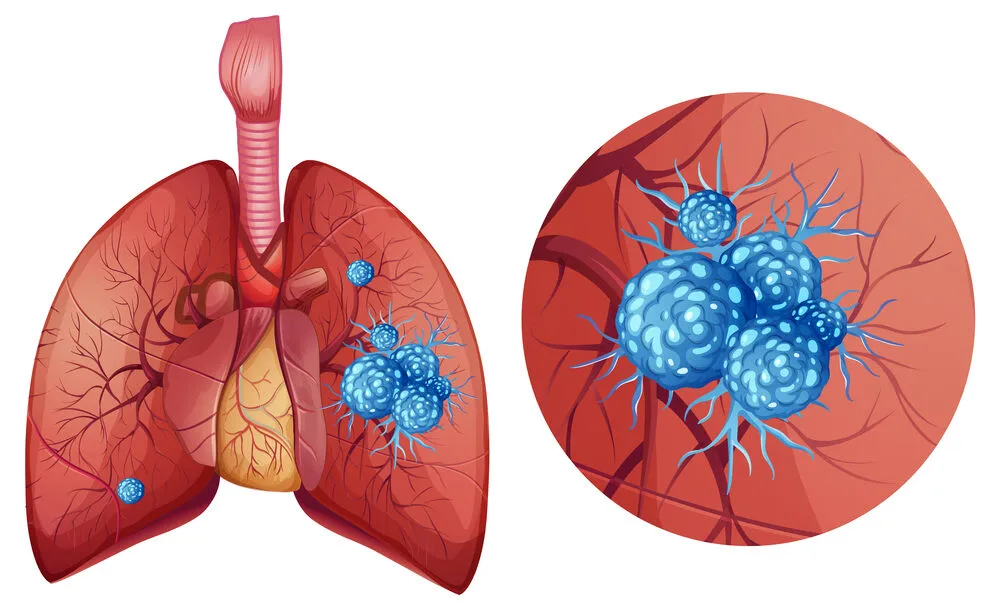
Early Warnings You Can’t Ignore
Shortness of breath climbing stairs. A cough that won’t quit. Chest pain sharp enough to stop you mid-sentence. Sound familiar? For sarcoma in the lungs, add unexplained weight loss and night sweats. I’ve had patients swear they “just pulled a muscle” until the CT showed a grapefruit-sized tumor.
The diagnosis isn’t gentle. Needle biopsy through the chest wall, bronchoscopy, sometimes open surgery. Immunohistochemistry stains for fusion seal the deal on synovial sarcoma lung cancer. Get it early, and you’re talking cure. Wait, and you’re bargaining with stage 4 sarcoma.
Can You Actually Beat Sarcoma Lung Cancer?
Surgery is king when the tumor hasn’t jumped ship. Wedge resection, lobectomy, whatever spares enough lungs to keep you breathing. A 2021 Chinese study of 695 pulmonary sarcoma resections reported 51% alive at five years with clean margins. Add chemo (doxorubicin + ifosfamide) and that climbs.
Radiation? Think precision scalpel, not shotgun. Proton beam therapy zaps tumors while sparing heart and esophagus. Immunotherapy is the new wildcard pembrolizumab lit up responses in a 2023 Mayo trial for translocation sarcomas.
Stage 4 sarcoma changes the game. Median survival hovers 12–18 months, but outliers live years on targeted drugs like pazopanib. Palliative stenting kept one of my patients singing in choir until the end. Quality matters as much as quantity.
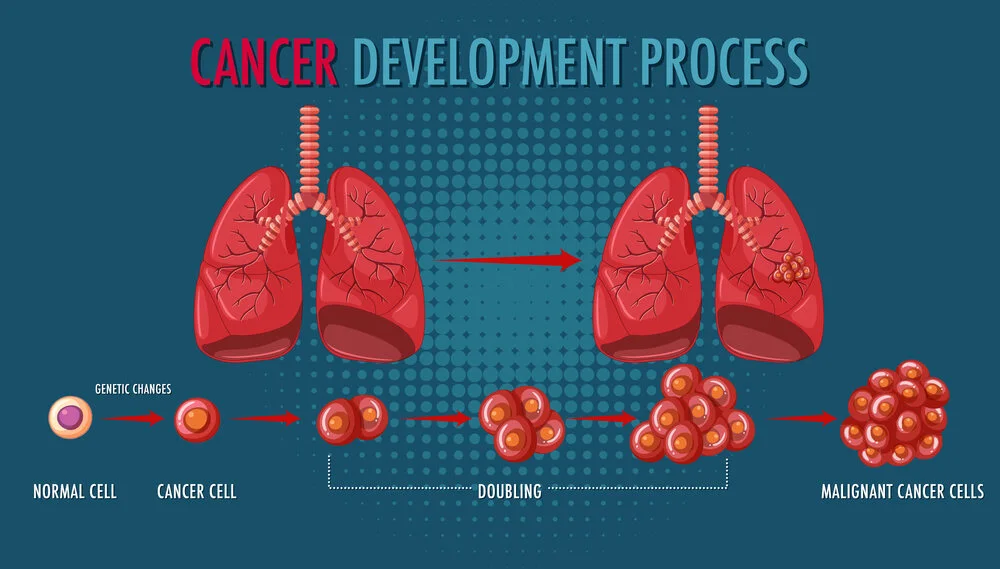
Survival Rates Cold Numbers, Warm Context
| Stage | 5-Year Survival | Real-World Note |
| Localized | 81% | Caught early, surgery alone often enough |
| Regional | 56% | Nodes involved; chemo boosts odds |
| Distant | 15% | Metastases; focus on time + comfort |
Sarcoma lung cancer survival rate for primary tumors post-resection sits around 44-50%, per SEER data. Synovial subtype? Roughly 50% in five years if you hit it hard and early. Age under 50, no smoking, low-grade histology all green flags.

Pro Tips from the Trenches
- Cough >3 weeks? Demand a CT, not another round of antibiotics.
- Find a sarcoma center Moffitt, MD Anderson, Sloan Kettering. General oncologists miss nuances.
- Ask about clinical trials on the first visit. Drugs like trabectedin aren’t standard yet.
- Eat protein like it’s your job chemo burns muscle faster than fire.
- Join the Sarcoma Alliance Facebook group. Real talk, zero sugarcoating.
FAQ
Genetic glitches, prior radiation, rare syndromes. Smoking isn’t the villain here.
Younger patients, spindle cells, specific chromosome swap. Treat it mean, keep it lean.
15% at five years, but new drugs push the median past 18 months. Focus on living, not the clock.
Hell yes. Surgery, chemo, targeted pills stack them right and people walk away.
No magic bullet. Avoid unnecessary radiation, know your family history, and listen to your body.
Get a second opinion at a high-volume sarcoma centre.

Sienna Blake is a U.S. health expert, licensed pharmacist, and lifestyle writer. She blends medical knowledge with practical wellness and lifestyle insights, helping readers live healthier, balanced, and more informed lives.
Stay Informed With the Latest & Most Important News
Previous Post
Next Post
Previous Post
Next Post
-
 01Happy Gilmore 2: Your Complete Guide to the Golf Comedy Sequel
01Happy Gilmore 2: Your Complete Guide to the Golf Comedy Sequel -
 02Joe Root’s Test Runs: England’s Batting Genius in Focus
02Joe Root’s Test Runs: England’s Batting Genius in Focus -
 03The Bad Guys 2 (2025): Everything We Know So Far
03The Bad Guys 2 (2025): Everything We Know So Far -
 04Demon Slayer: Kimetsu no Yaiba The Movie: Infinity Castle Tickets – Your Guide to the Epic Anime Event
04Demon Slayer: Kimetsu no Yaiba The Movie: Infinity Castle Tickets – Your Guide to the Epic Anime Event -
 05RTX 50 Series Unleashed: Next-Gen Gaming Power Awaits!
05RTX 50 Series Unleashed: Next-Gen Gaming Power Awaits! -
 06The Naked Gun 2025: What to Know About the Comeback Comedy Starring Liam Neeson
06The Naked Gun 2025: What to Know About the Comeback Comedy Starring Liam Neeson -
 07Sensory Clothing for Kids: What Every Parent Needs to Know
07Sensory Clothing for Kids: What Every Parent Needs to Know


